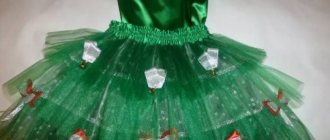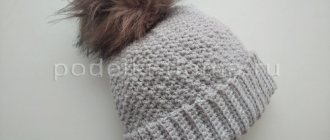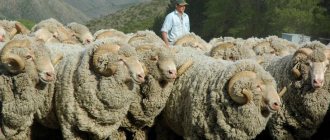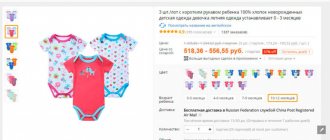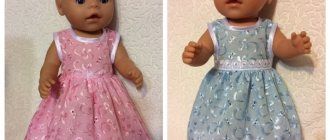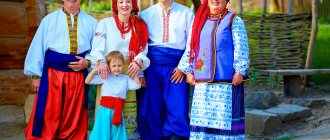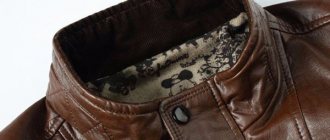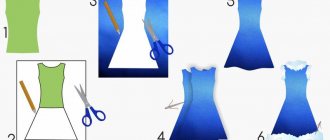Women's
A costume for girls emphasizes femininity and adds grace. An integral attribute is attention to detail. Dresses are usually decorated with embroidery, gold trim, pearl beads, and beads. The emphasis of the silhouette is on the waist, and the length of the skirt reaches the floor. The feminine cut is emphasized with a velvet or silk belt, which is also decorated with gold embroidery or ribbons. What features exist in different regions?
In Adjara , women's traditional clothes were decorated with hand embroidery on the chest insert and a wide long belt with patterns and tassels.
In Mokhevi, gold braid and embroidery, as well as a silver sash, served as decoration. Women wore a white lace veil on their heads - mandili.
Megrelian attire by velvet sleeves with slits and silver fasteners.
Ossetian dresses had black velvet trim. Characteristic details: long white shirt, turn-down collar and gold belt.
Tushino girls wore chokha - a fitted, elongated outerwear without a collar. It was decorated with silver clasps and an embroidered chest insert. Bright braid was sewn to the sleeves. The outfit was completed with a black veil on her head and knitted boots with flat soles.
The noble attire consisted of a silk or satin dress with sleeves flaring downwards, a velvet cape, and a long white belt - a sash. The heads of urban noblewomen were decorated with headdresses with hand-made gold embroidery.
Urban women dressed in a guipure shirt trimmed with velvet and a blue hand-embroidered cape. The look was completed with a sash, a beaded chichi and a velvet belt bag - a kitty.
The common Georgian costume for women consisted of a shirt with buttons, a short cape with split sleeves and a sash with embroidered traditional patterns. Mandatory additions included silver jewelry and a headdress - a translucent mandili, with a velvet chikhi-kopi on top.
The wedding dress was made of satin fabric. The insert on the chest was decorated with patterns, the sleeves were split. The sash was made of pink velvet. The bride wore a transparent white gauze cape on her head. Pearls were used as jewelry: they were on the sash, in the form of threads on the forehead and on the neck.
Svan beauties wore satin dresses with a high collar. The waist was emphasized by a belt with a national ornament. A woolen chokha with velvet inserts was worn on top. On the head is a traditional veil.
The Abkhazian suit had a train and silver fittings. Akhalukha made of chiffon with lapels was worn downwards. A mandatory component of the image was a snow-white mandili and a silver crown.
Rachinsky's outfit featured a red blouse, from which a patterned shirt was visible. The sleeves were short and voluminous, the skirt was decorated with traditional patterns and piping. A sleeveless cape with ruffles served as outerwear. The mandili was decorated with red edging and ornaments. Leather or suede ankle boots, reminiscent of modern UGG boots, were worn on the feet.
Mokhev winter attire included embroidered outerwear, woolen gloves and a scarf. The akhalukhi (shirt) was belted with a black velvet sash.
Another option for women's Svan toilet : a bright dress with ruffles. The red wool top was complemented by silver hardware and a patterned chest panel. On the head is a small black cap and a traditional light cape.
Men's
The first association that comes to anyone’s mind when mentioning Georgian folk clothing is Circassian. It is also called chokha. It has stuck in the mass consciousness also because Georgian folk groups usually wear it to performances. The dance especially emphasizes the stateliness and elegance of the costume.
Chokha is one of the most complex pieces of national costume paraphernalia in the world. Its peculiarity lies in the number of parts, of which there are at least thirteen. There are most likely no rivals for this parameter in any other culture on the globe. And this can certainly be said about everyday wardrobe items, which is what chokha was worn as. This complexity and abundance of details gives it that uniqueness and beauty.
Now let’s talk about the traditional male appearance in different regions of Georgia.
In Kakheti and Kartli, the noble caftan was embroidered with gold threads. A white high-necked shirt was worn underneath. A dagger was attached to a silver belt. Military-type leather boots were worn as footwear.
The common Georgian noble costume consisted of a red velvet top, a black silk shirt with piping, a belt and leather boots. The outerwear was decorated with golden braid and black trim.
In Samegrelo and Abkhazeti, the chokha was fitted and elongated. Sockets for cartridges were sewn onto the chest. Underneath was a silk shirt with a stand-up collar. A papanaki, a traditional hat, was attached to the shoulder. The boots were standard - leather mkhedruli.
In winter, in Tusheti, men wore a woolen coat with a high collar trimmed with astrakhan fur. The chokha was decorated with double twisted braid, the buttons were on loops. The shirt with a closed collar was made of silk. Important attributes are a sash with silver fittings and military boots.
Gurian and Adjarian men wore “chakura” - a piece of outerwear made of velvet, decorated with gold threads and ribbons along the edges. Papankas were also decorated with gilding. Daggers and other weapons, as well as a powder flask and a leather wallet were attached to a belt painted with patterns. The pants were tucked into the shoes.
For a wedding , it was customary to dress up in a white silk shirt with a high collar. Grooms wore a white wool chokha lined with satin. Weapons were not placed on the belt. The boots were chosen from black leather.
Traditional for all men was the following set: a wool chokha with a closed collar and pockets on the chest, on top of the kabalakha - a woolen scarf decorated with ornaments. As a rule, they covered the shoulders. The cape could also be used as a headdress.
Another variation of the Gurian-Adjarian costume is the chakura, which differs from the previous one in color and long mkhedruli.
Men
Any person, even who has no idea about the culture of Georgia and the Caucasus, associates these people with the Circassian people, also called Georgian Chokha. Members of Georgian folk ensembles often perform in classic black outfits. The dance unsurpassedly demonstrates all the beauty and princely grandeur of the decoration.
This is a fitted, outerwear item with a loose hem. Not to the floor, but just below the knee. It is buttoned tightly from above to the waist. The Georgian costume is decorated on the chest with inserts - gasyrs, special compartments for gasyrs (powder charges).
The collar is mostly missing. But some models may have a neat stand. The princes of Tbilisi decorated the chokha with an embroidered family coat of arms and could even dance in them.
The leather belt of outerwear must have damask steel for a dagger or saber and silver jewelry. Women can also have a robe such as chokha in their wardrobe. Even today it is worn for weddings or formal occasions.
Another type of outerwear for which velvet was used and decorated with fur is called kulaja. It was worn by representatives of noble families for special occasions. The hat on her head went harmoniously with her. In cold weather, Georgians wore a fur coat embroidered with gold or silver, called pabadi or kurka.
The Georgian men's national costume is an ensemble of several elements. A lower shirt made of chintz or canvas was put on the upper part of the body by hand. Next are the lower and upper trousers (sharvalis), which were usually made of cloth. Often all clothing was made from durable materials, which made it possible to wear it for years. And over the course of a long period of use it did not lose its appearance and practicality.
The arkhaluk is worn on top, and then the cherkeska or other outer dress. Georgian nobles wore silk kaba. A distinctive feature of which is the decoration with a black silk cord. Buttons on the cuffs and chest were also made from it.
The warlike, proud people were obliged to carry weapons with them in order to be able to defend their honor and dignity at any time. Even the poor tried to acquire a dagger, which was the pride of a Georgian. More noble nobles on special occasions wore a saber and a pistol on their belts.
When the girl turned seven years old, she should already have a Georgian costume for a girl. It looked like a woman's outfit and was decorated with ornaments and embroidery. But without excessive pomp. Taking into account the active mobility of children, the dress acquires a shortened length, which makes it more comfortable. The sleeves reveal the palms. It was made in colorful colors than the more chaste dresses for adults.

